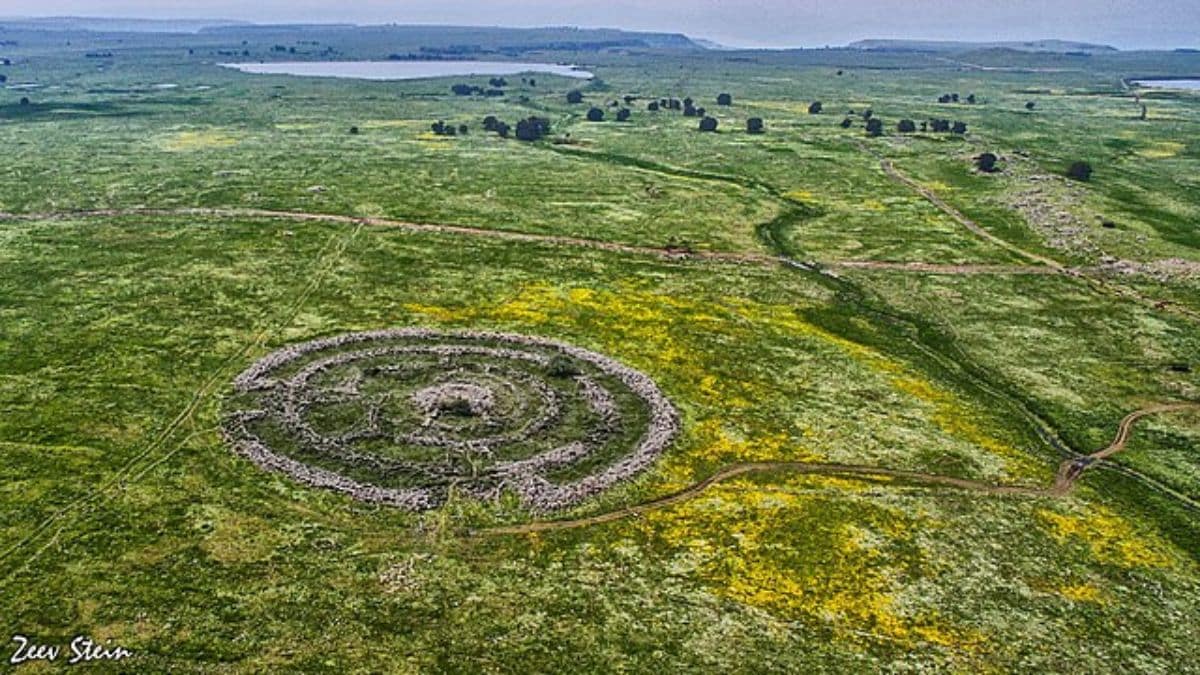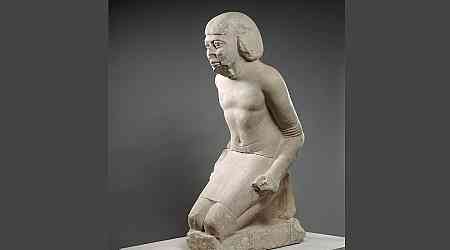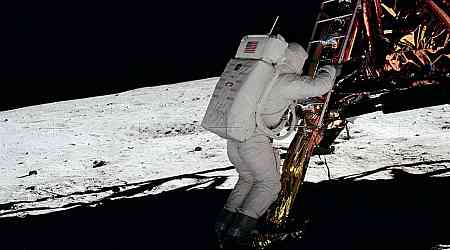The ancient Rujm el-Hiri site, situated in the Golan Heights and often referred to as the "Wheel of Ghosts," has been re-evaluated, with its long-standing identification as an astronomical observatory coming under scrutiny. Researchers have determined that geodynamic changes over millions of years have altered the site's orientation, raising questions about its original purpose. These findings, derived from advanced geophysical and remote sensing techniques, provide a new perspective on this enigmatic archaeological structure.
Geophysical Insights Challenge Established Theories
According to the study published in Remote Sensing, geodynamic movements averaging 8–15 millimetres per year over 150 million years shifted the site's alignment significantly. Researchers from Tel Aviv University and Ben-Gurion University, led by Dr Olga Khabarova and Prof Lev Eppelbaum, concluded that the structure's current orientation does not match celestial patterns, contradicting earlier interpretations of its function. The entrances and radial walls, when reconstructed to their original positions, were shown to lack alignment with solstices, equinoxes, or other astronomical markers.
Advanced Techniques Reveal Archaeological Landscape
As reported by SciTech Daily, the researchers employed geomagnetic analysis and satellite technology to document the surrounding archaeological features within a 30-kilometre radius of the Sea of Galilee. Unique circular structures, some up to 90 metres in diameter, were identified alongside burial mounds and round enclosures. These findings suggest agricultural and herding purposes rather than purely ceremonial or observational roles.
A Broader Perspective on Rujm el-Hiri's Role
Dr Michal Birkenfeld of Ben-Gurion University emphasised in his statement to SciTech Daily that this reassessment enriches understanding of ancient life in the Golan Heights. The research team noted that the study reopens debates about the site's purpose while highlighting its integration into a broader archaeological landscape. By questioning past assumptions, the study encourages further exploration of how ancient communities interacted with their environment.































